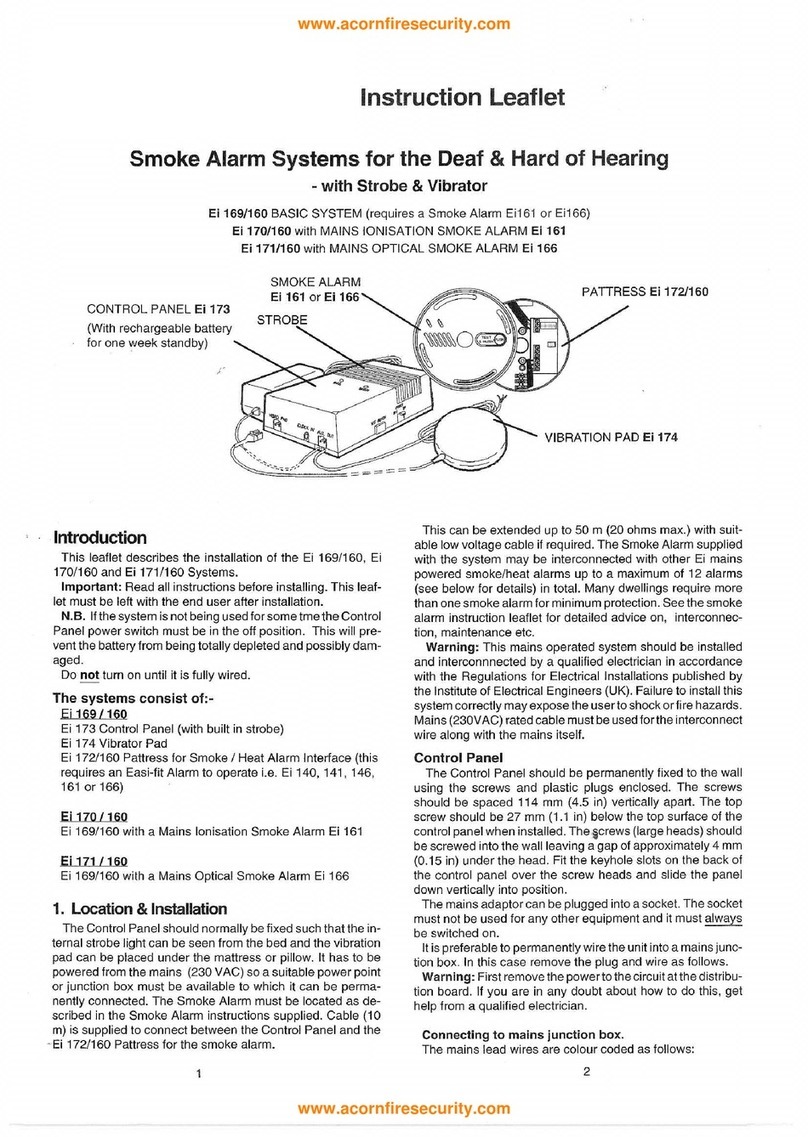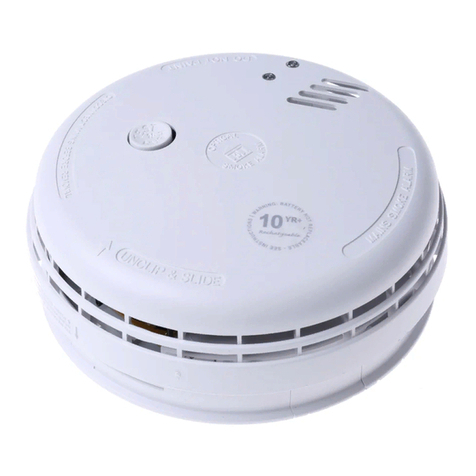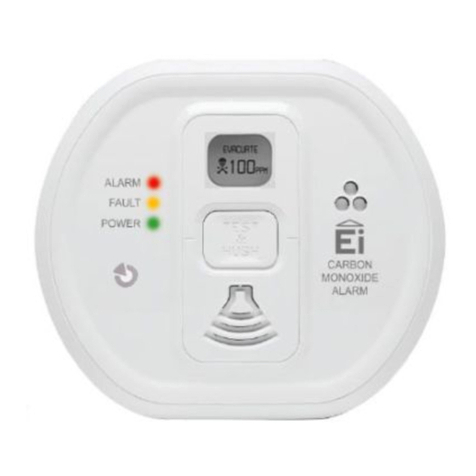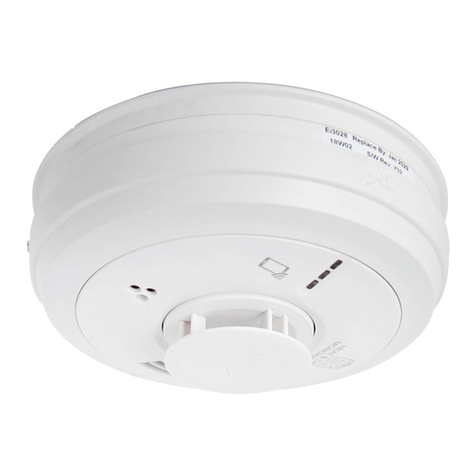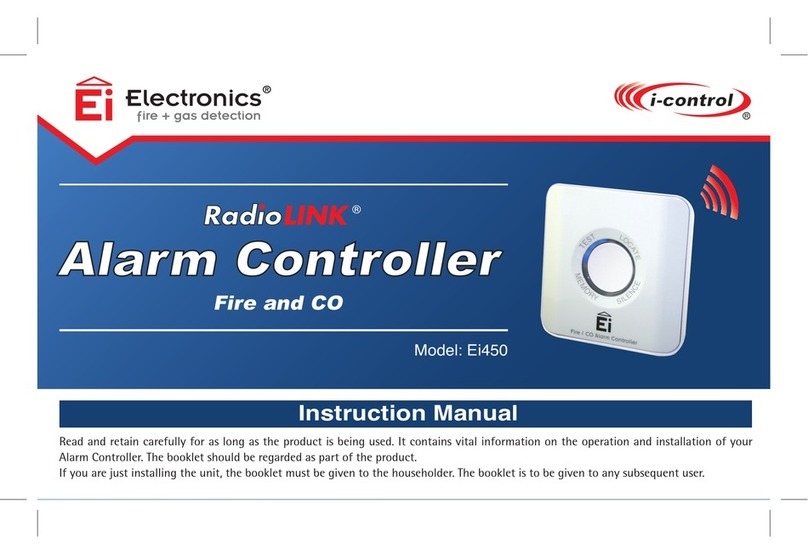
2
Symbol Glossary
The symbols on this page are used in accordance with EN 62368-1, IEC 60417, ISO 7000 and other
applicable standards. They are used to convey information on the safe and effective use of our devices.
These symbols may be used on the device itself, on its packaging or in associated documentation.
Mobius Loop
This indicates that the packaging of this
product can be recycled.
The Green Dot
This is a European trademark that indicates
that the manufacturer has contributed
financially to the recycling of packaging in
Europe.
Symbol Description
Class II Equipment
A Class II (class 2) or double insulated
electrical device is designed in such a way
that it does NOT require a safety connection
to electrical earth (ground).
WEEE symbol
Indicates that the device must be taken to a
recycling point when it has reached its end of
life.
Crossed Paint Brush
This indicates that the device must not be
painted.
UKCA mark
This indicates that this product conforms with
the relevant standards for products sold within
the United Kingdom (UK). The UKCA marking
is also found on products sold outside the UK
that are designed to be sold in the UK.
End of life
This indicates the date after which the device
should be replaced.
CE mark
This indicates that this product conforms with
the relevant EN standards for products sold
within the European Economic Area (EEA).
The CE marking is also found on products
sold outside the EEA that are manufactured in,
or designed to be sold in, the EEA.
Protective earth
This identifies protective earthing terminals.
Symbol Description
Screwdriver
This indicates the location of the releasing
latch used to detach the Alarm from its
mounting plate.






